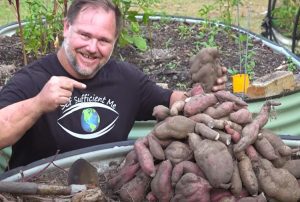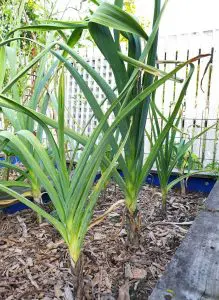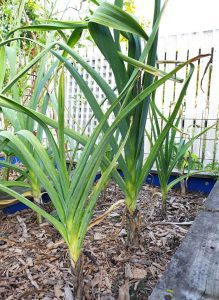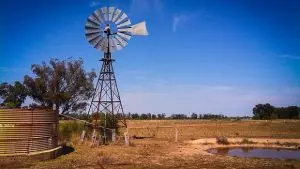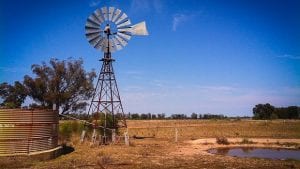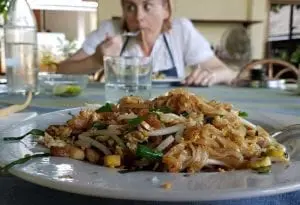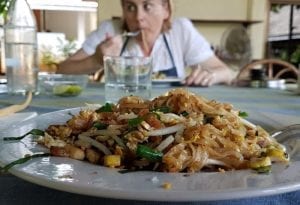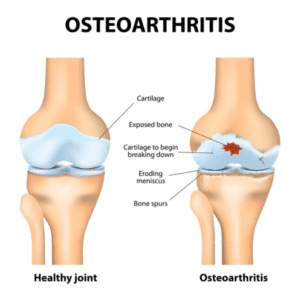The age-old tale of the Three Little Pigs is probably something you have read hundreds of times for your kids bedtime story. It outlines the life of three piggies who go out on their own and build their respective homes. One piglet chooses to make his house of straw, the next out of sticks, and finally the third piglet builds his house out of bricks.
Now, the smart reader that you are, I am sure you’ve already figured out where this story is going. But first, let me set the scene for our villain, the big bad wolf.
The wolf is something that we all experience. The wolf is walking, climbing, jumping, running, and bending. The wolf is the bumps and the bruises, the breaks, and the nasty dislocations. The wolf is life. And the persistent huffing and puffing of our lifes activities can take a toll over time.
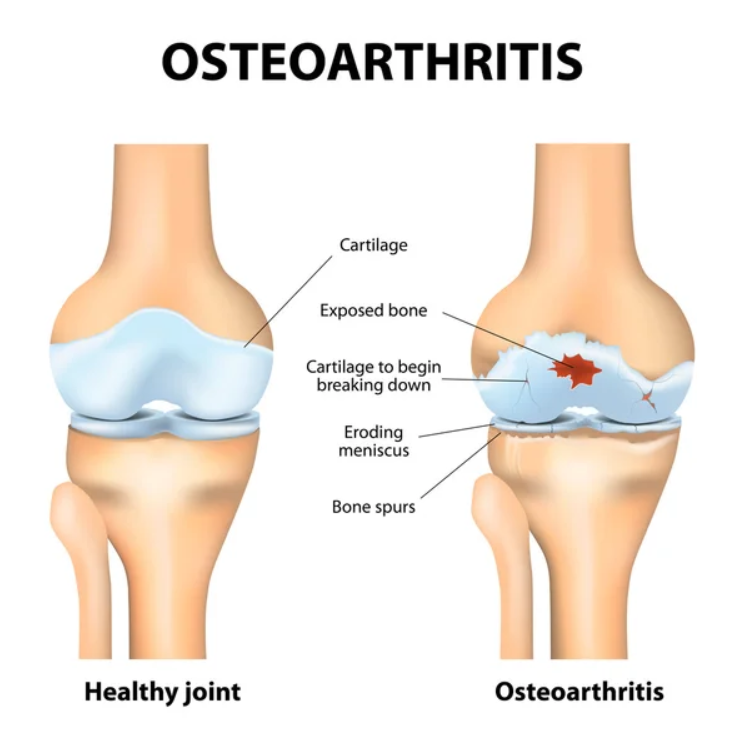
This is often in the form of degeneration of the cartilage; the tough, lubricated tissue that covers the ends of bones, which allows them to glide seamlessly when you move. Over time the wolf will doubtless make progress on your house, creating damage and wear in the cartilage, causing pain, stiffness, and loss of mobility. This is what we commonly refer to as osteoarthritis. While there is no cure for this condition, there are ways to manage the symptoms and stop the wolf from opening you up on the surgeon’s table.


What you chose to build your house out of makes all the difference to the outcome of your story. So how can we make sure that we choose to build out of bricks and not straw?
The most important and evidence-based way to slow down and prevent the wolfs impact on your joints is to ensure the health of your cartilage. The magical medicine that does not discriminate is something that we do all the time. It’s movement. Exercise is shown to increase cartilage health in a number of ways. It supplies the framing, bricks, and mortar to create the sturdiest house possible.
The first, and arguably the most beneficial way that exercise improves cartilage health, is the increase in blood flow to the cartilage experienced during movement, which acts as a supply train for essential nutrients and oxygen. Like all living tissues, cartilage requires these things to survive, repair and regenerate. The nutrients transported to the joints act like scaffolding, which allows new and healthy cartilage to slowly be built. But like the third piglet in the story, you must have patience, as cartilage is a slow tissue and will take time to heal and grow.
The muscles surrounding your joints act as the large supporting beams that help to hold up your structure. Strong muscles provide better support and stability, reducing the load on the cartilage. By improving muscle strength and function, exercise helps distribute forces more evenly across the joint surfaces, protecting the cartilage from excessive strain.
Making sure your foundation is level and aligned ensures that the weight of your building is being transferred through the strongest supporting structures. This is where exercises that promote joint mobility and flexibility, such as stretching or yoga, come into play. A greater range of motion reduces the likelihood that your cartilage will wear on a particular point, instead, spreading the load across a larger surface area.
Physical activity also stimulates the production of synovial fluid, which provides vital nutrients and more importantly lubrication to the cartilage. This is particularly important if there is already damage to the cartilage, as this will provide a viscous barrier between the bone surfaces. Essentially filling in the gaps where your cartilage has been worn away. This will reduce pain and improve your ability to move.


So now you have the context of the villain and the building blocks for your mansion of bricks, the only thing missing is a blueprint to put it all together. In my experience as an exercise physiologist, the best way to combat osteoarthritis is to move often and get strong! The wolf loves to target the piggies that get a little lazy and don’t emphasize building a strong house.
I would recommend completing 2-3 strengthening sessions per week, focussing on all the major joints, with a particular focus on any joints that have been injured throughout the years. This will build the pillars that reduce the loading of the joint and keep your cartilage safe. I would recommend daily walking, cycling, or swimming to flush out the old synovial fluid and replace it with new, nutrient-rich lubrication. And finally, a sprinkle of stretching or yoga, to keep everything aligned and moving well.
If you feel like the big bad wolf is catching up to you and could do with some assistance in fighting him off, please feel free to reach out. I would be more than happy to help you build your house of bricks!
